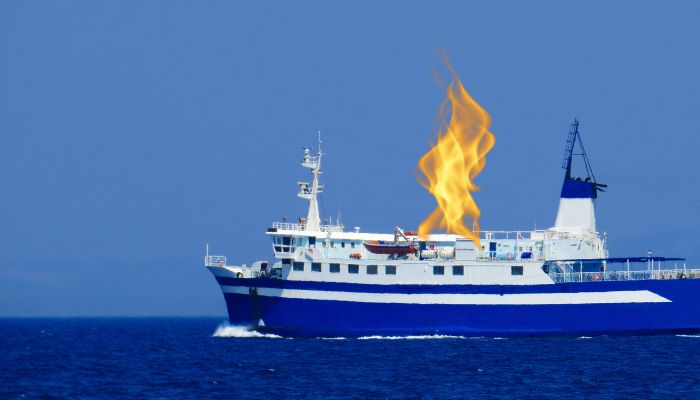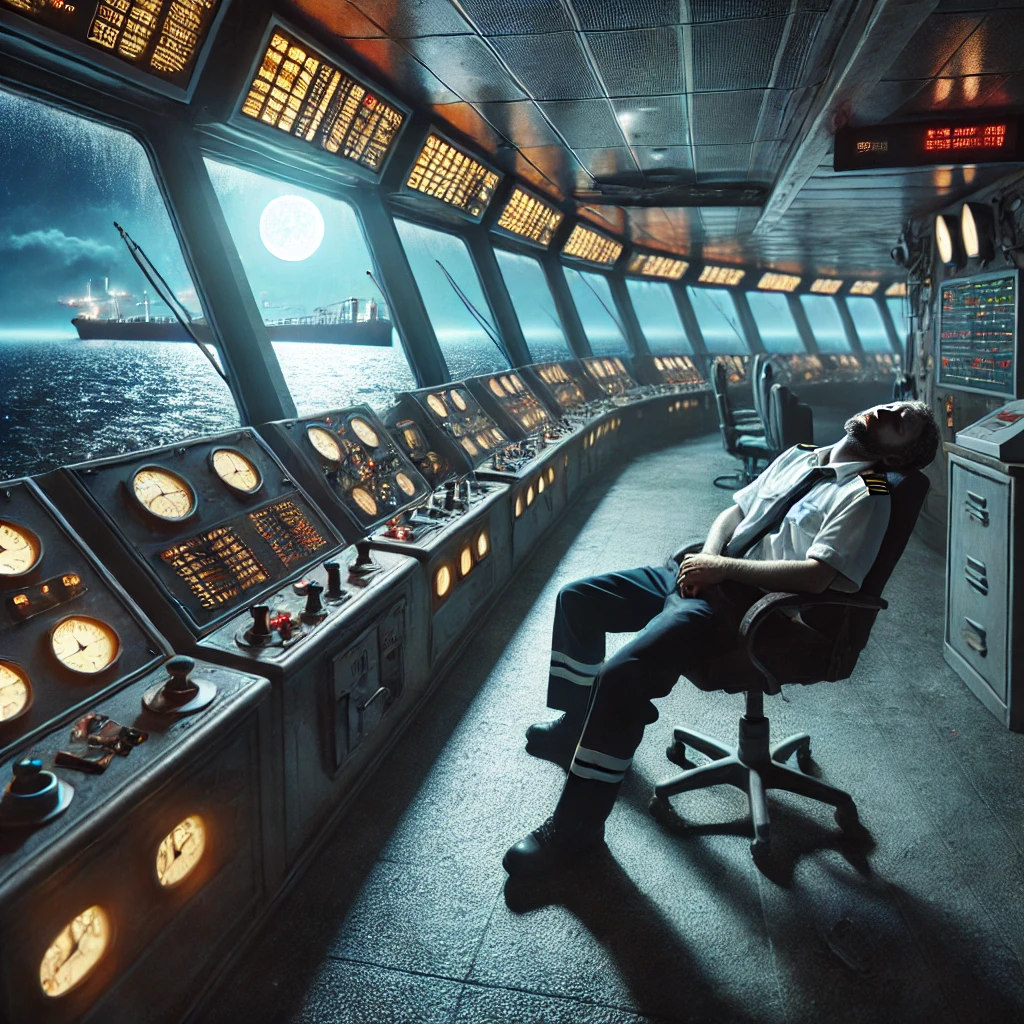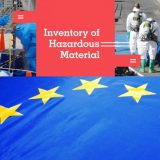Through a collaboration with the Hellenic Broadcasting Corporation (ERT), KVH now offers customised Greek-focused content to provide connections to home and to enhance the wellbeing of these seafarers.
Content to seafarers is delivered through KVH Link, an innovative service providing an entertaining experience for crew on laptops, personal devices, and TVs on board their vessels. News, movies, music, radio, and more are offered in an array of languages, and selections are refreshed often to offer the most engaging crew content.
Programming through KVH’s new collaboration with ERT includes both video and audio content available to seafarers directly on vessels enjoying KVH Link. Video content includes a one-hour News Bulletin broadcast daily, keeping Greek seafarers up to date with what is happening in Greece and around the world. In addition, ERT provides programming from their “Voice of Greece” radio station with shows including news and current events, culture, music, sports, and features of prominent figures living in Greece and abroad.
“Through this cooperation with KVH, we are now able to provide the news to our audience at sea all around the world,” said Kostas Machairas, ERT’s department of Greeks abroad director. “We are especially happy to provide our radio show “Fair Winds and Following Seas” covering topics like life at sea, stories and testimonies, and live connections with Greek ships. Shipping is so ingrained into the country’s DNA that it is difficult to find a family that doesn’t have members either currently at sea or having worked on a ship in some capacity at one point in their lives.”
“Organisations within the maritime industry worldwide are recognising the importance of crew wellbeing, connections with home, and the ability to stay abreast of current events back on land,” commented Mark Woodhead, KVH’s EVP of sales and marketing. “KVH is proud to partner with ERT to bring this important benefit to Greek seafarers on vessels enjoying our KVH Link service. Greece has one of the longest and richest maritime histories of any nation, and Greek seafarers are a vital component of commercial crews around the world. We’re grateful for the opportunity to meet their needs.”
KVH delivers its KVH Link service with content for seafarers through its TracPhone VSAT systems and TracNet hybrid terminals, providing fast connections, fully integrated belowdecks equipment, support for IoT applications, and built-in, secure network and data management.
Source: https://www.thedigitalship.com/news/maritime-satellite-communications/item/8017-kvh-partners-with-the-hellenic-broadcasting-corporation-to-serve-greek-seafarers









